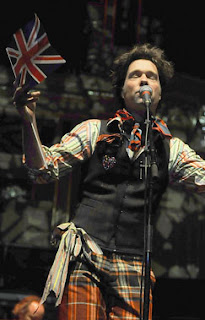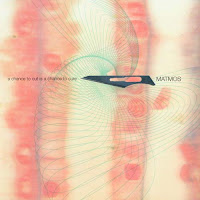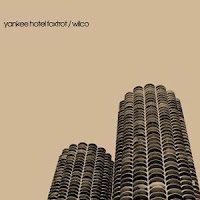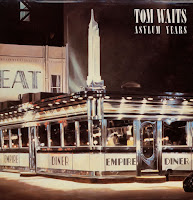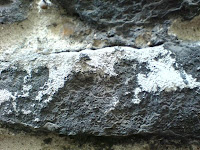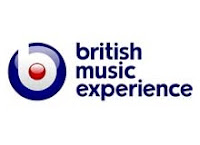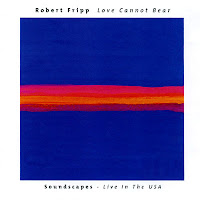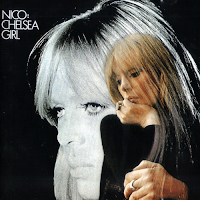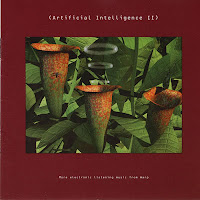
This week's blog comes to you from Patrick O'Donnell, with a review from the Ned's Atomic Dustbin concert at the O2 Shepherd's Bush Empire last Saturday.
"Dan Dan the fast drumming man, Alex plays one bass, Mat the other, Rat does the guitar, and Jonn sings". As it was in the beginning so it was on Saturday night at the 02 Shepherd's Bush Empire. The recently restored original line-up of Ned's Atomic Dustbin took to the stage to celebrate their 1991 début album God Fodder."Kill... your... television," Jonn spits at a decidedly older, balder and fatter crowd than the song was originally aired to as the band rip into their most famous track and album opener with trademark energy. The crowd responds in kind as the 'Lunatic Magnets' (Ned's Fans' moniker) roll back the years and a surging mosh pit ebbs and flows across the packed venue.
Having your 'crowd pleaser' as your opening track could be bad planning in other circumstances but Ned's stay true to the original listing and a knowing audience loves them for it. They tear into 'Less Than Useful' and 'Selfish' before a typically reticent Jonn pays a customary "cheers" to his adoring fans.
Ned's had in recent years played reunion gigs and even recorded new tracks with a new guitarist and second bassist but the return of Rat and Mat makes the occasion even more special. Mat was always the voice of the band and the most energetic and was clearly enjoying reliving happy days. The crowd seems to jump with him as fan favourite 'Grey Cell Green' kicks in and when he tells the audience he didn't "expect to be playing these songs at forty" a nostalgic note hovers in the air as the fans and band unite in a sense of history and belonging.
Next up is 'Cut Up', followed by 'Throwing Things' (surprisingly no one does) and 'Capital Letters'. The youngest of the late Eighties / early Nineties trio of 'Stourbridge Scene' grebo bands, Ned's always led contemporaries The Wonder Stuff and Pop Will Eat Itself in the t-shirt stakes and the Lunatic Magnets had squeezed into their faded favourites for the occasion. And by this point in proceedings, t-shirt after t-shirt moves through the air as IT consultants re-learn how to crowd-surf.
The excitement peaks with best song of the evening, 'Happy'. Aptly named and expertly executed.
Ned's finish off with 'Your Complex', 'Nothing Like', 'Until You Find Out', 'You' and 'What Gives My Son?' before heading off the stage with a big "thank you" from Jonn. The album track-list blitzed through in 35 minutes flat. Inevitable chants of "you fat bastard" ring out (maybe invoked by Les "Carter USM" Carter's support slot) as the crowd tries to coax the Fantastic Five back.
They duly oblige and Mat takes to the mic again, explaining that we are to be treated to "some other songs that would have been toured with God Fodder, hope you enjoy them". No fear. This is like a 20-year sober heroin addict enjoying another hit.
'Terminally Groovy' is first and gloriously energetically out of the blocks, followed by other B-sides and associated tracks 'Aim', 'Plug Me In', 'Bite', 'Flexible Head', 'Faceless' and 'Trust', and neither the band nor crowd relents. Which is why it seems poignant as they slow things down to end with usual curtain-closer 'Titch'. It gives the band and their fans a moment to reflect on what just happened and revel in a mutual respect.
Having been to see The Wonder Stuff flawlessly air their 1989 album HUP to 4,000 fans at the 02 Birmingham Academy on Thursday, followed by this early Christmas present from Ned's, it's easy to see why the bands from that rich pre-Brit Pop era are cashing in on the reunion circuit. There is a deeply-held affection for bands that give their all, have personality and are an antidote to the waves of manufactured and conformist rubbish that has followed.
In a disposable age when bands seem to come and go too easily, today's young Turks could do worse than take a look at Ned's, one of the Nineties' most underrated bands, who, thanks to years of touring and learning their craft, are, twenty years later able to enjoy a sold-out gig with adoring fans. Somehow I doubt Scouting For Girls will find themselves in the same position. Kill your television? I would gladly if I could go to gigs like this every night of the week.
Setlist
Kill Your Television
Less Than Useful
Selfish
Grey Cell Green
Cut Up
Throwing Things
Capital Letters
Happy
Your Complex
Nothing Like
Until You Find Out
You
What Gives My Son?
---------
Terminally Groovy
Aim
Plug Me In
Bite
Flexible Head
Faceless
Trust
Titch







